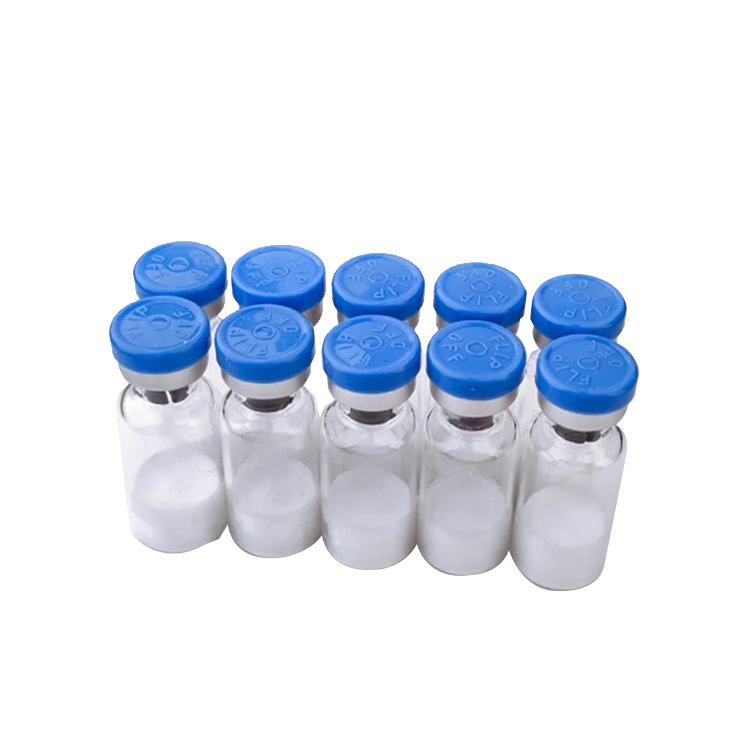Biogas feed to pigs need to pay attention to what issues
First of all, the biogas slurry from pigs should be extracted from the fat room of a normal gas-generating biogas digester. Before feeding, take out the appropriate amount of biogas slurry and put it in a plastic bucket in a container for about 10 minutes. After mixing with the feed, feed the pig. The amount of biogas slurry fed depends on the weight of the pig.
Under normal circumstances, a pig weighing about 25 kg can begin to feed. After the pests have been dewormed in advance according to conventional methods, they are hungry for 1 to 2 meals and begin to add a small amount of biogas slurry for 3 to 5 days of puff training. Then, the amount of biogas slurry is fed each time. 0.3 ~ 0.5 kg, 3 ~ 4 times a day, after gradually increasing the amount of feed to the amount of 20% of the meal. Weight 50 to 100 kg pigs, each feeding amount of 0.6 to 1 kg, feed and biogas slurry ratio up to 4 to 3:1. Young pigs weighing less than 20 kg should not be used. Want to pay attention to the problem? First, if there is diarrhea, this is normal. At this time, it can be reduced or disabled for 2 to 3 days. Second, biogas can not be fed without biogas or biogas in toxic biogas digesters. Pigs, otherwise it will cause poisoning or disease.
Human chorionic gonadotropin is a hormone for the maternal recognition of pregnancy produced by trophoblast cells
Human chorionic gonadotropin (HCG) is a glycoprotein secreted by trophoblast cells of the placenta And β dimer proteins. The molecular weight of glycoprotein hormone 36700, A. Pituitary, FSH, follicle stimulating hormone, LH (luteinizing hormone) and TSH (thyroid stimulating hormone) are basically similar, So they can cross-react with each other, while the structure of β subunit is not similar. In mature women, the fertilized ova move to the uterine cavity for implantation and form embryos. In the process of development and growth into the fetus, the placental syncytiotrophoblast cells produce a large amount of HCG, which can be excreted into urine through the blood circulation of pregnant women. Serum and urine HCG levels rise Rapidly from 1 to 2.5 weeks of gestation, reaching a peak at 8 weeks of gestation and dropping to moderate levels at 4 months of gestation, which remain at the end of gestation. At present, the commonly used detection methods are: latex aggregation inhibition test and hemagglutination inhibition test; Radioimmunoassay (RIA); Enzyme linked immunosorbent assay (ELISA); Monoclonal antibody colloidal gold test
Hcg Powder,Custom Ghrp Peptides,High Purity Hcg Powder,Popular Peptide Bodybuilding Powder
Shaanxi YXchuang Biotechnology Co., Ltd , https://www.peptidenootropic.com